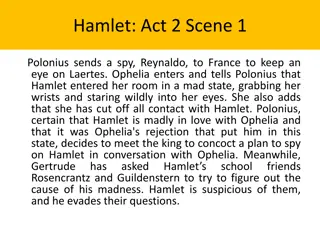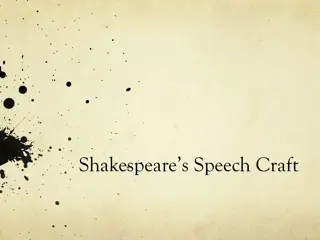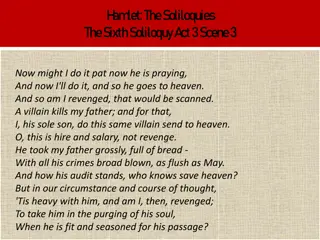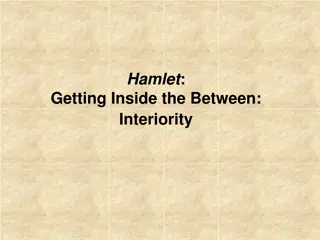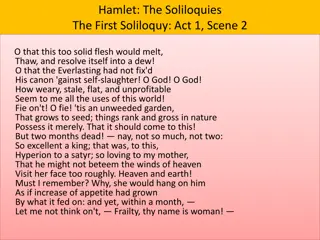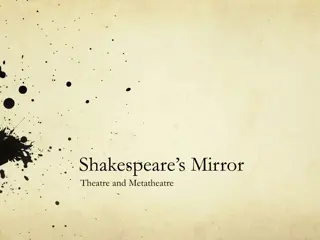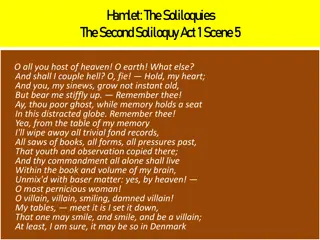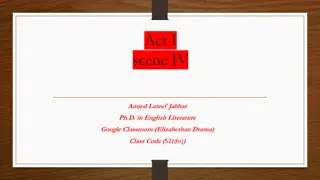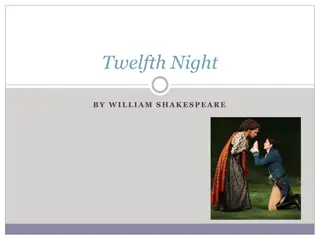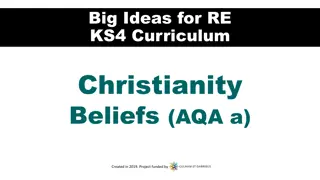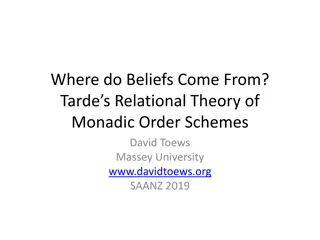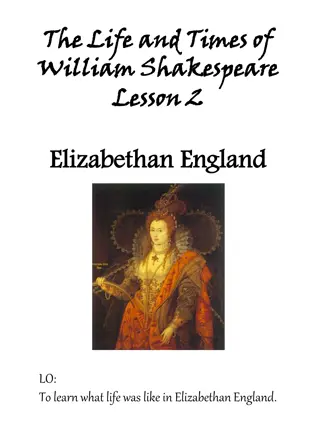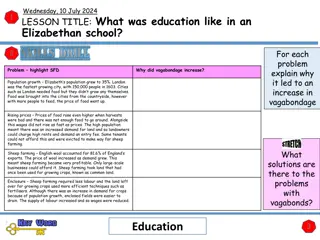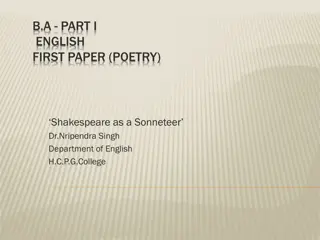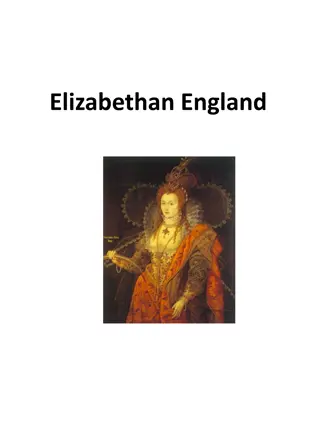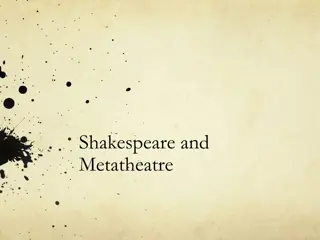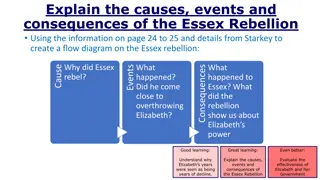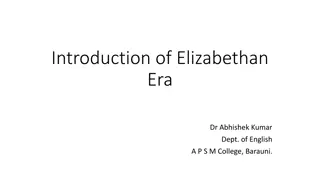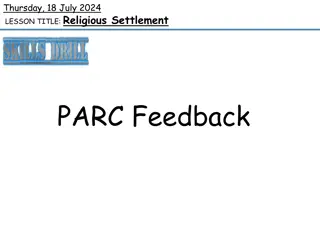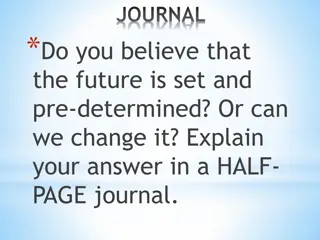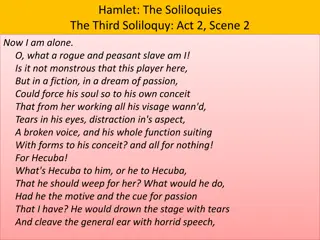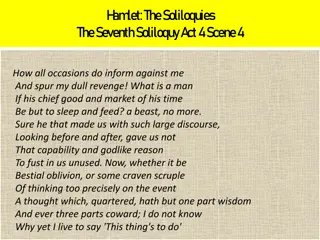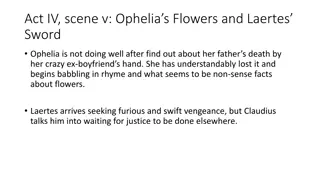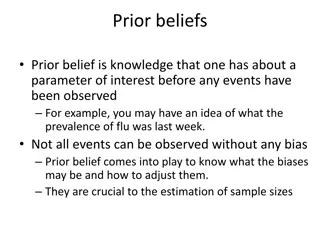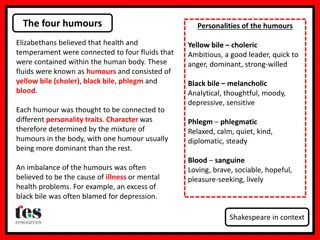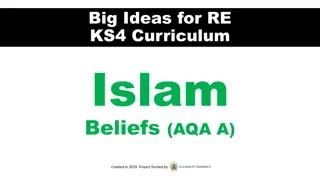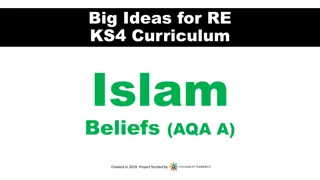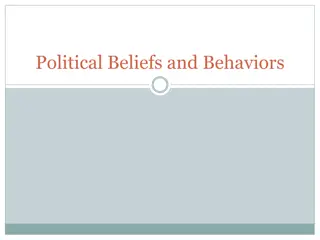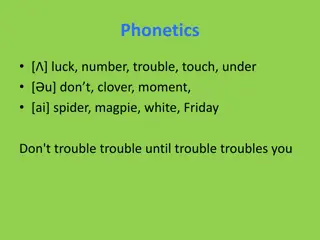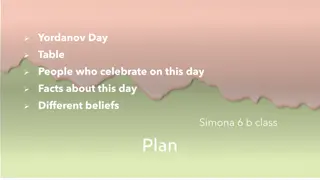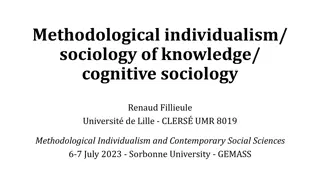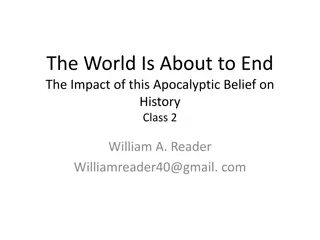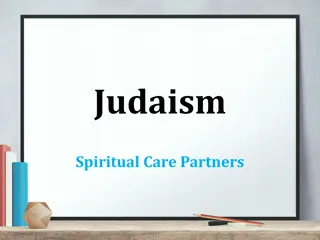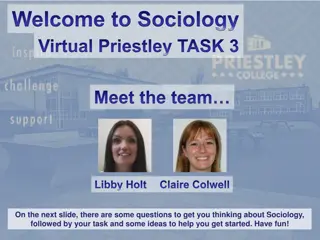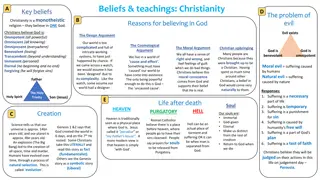Insights into Elizabethan Beliefs in Shakespeare's "Hamlet
Act 1, Scene 1 of "Hamlet" introduces characters and Elizabethan beliefs like ghostly encounters, the power of Latin to exorcise spirits, and the constraints of ghosts. Horatio's skepticism evolves, validating ghostly apparitions for the audience. The scene contrasts superstitions, hierarchy, and education. The exchange between Horatio and the guards clarifies the ghost's purpose, sets up the revenge theme, and hints at the consequences of seeking revenge.
Download Presentation

Please find below an Image/Link to download the presentation.
The content on the website is provided AS IS for your information and personal use only. It may not be sold, licensed, or shared on other websites without obtaining consent from the author. Download presentation by click this link. If you encounter any issues during the download, it is possible that the publisher has removed the file from their server.
E N D
Presentation Transcript
Hamlet Act 1/Scene 1 Dr. Amjed L. Jababr
1. Scene 1 serves as the setting and introduction to the play with the functions of: A: introducing some of the characters. B: preparing audience and readers to accept and understand Elizabethan beliefs. C: presenting the setting of the play (Time: winter, foggy midnight to prepare for the appearance of the ghost; place: castle battlements in Elsinore to signify war and troubles).
Elizabethan beliefs mentioned in Act I, Scene I are: 1. people were still believing in ghosts and spirits. 2. Latin is believed to exorcise spirits, so the guards thought that the ghost will speak to Horatio as they said Thou art a scholar; speak to it, Horatio. 3. ghosts bring messages with their appearance, successive appearances denote the importance of their message, whereas appearances at intervals signify the minority of the message. 4. ghosts can only speak out their message to the person for whom the message was intended.
5. the appearance of ghosts brings troubles. 6. ghosts have limitations and restrictions; they appear after midnight, and should disappear before dawn. 7. ghosts cannot open a conversation, therefore, the guards urged Horatio to start the conversation with the ghost by stating Question it Horatio. 8. No fairy stakes in line 163 refers to the Elizabethan belief that fairies steal children.
In this play, Horatio serves as a messenger to soldiers, spirits, and Hamlet. This scene presents a contrast between the guards and Horatio in terms of superstitions, social hierarchy, and education. By making the skeptical Horatio to believe in ghosts, Shakespeare validates the appearance of ghosts for guards and audience as well.
The exchange between Horatio and the guards helps: 1. the audience to understand and accept the appearance of the ghost. 2. explaining what had happened between Denmark and Norway. 3. presenting a logical reason for the appearance of the apparition in full armor (war). Scene one brings the first mention of Revenge via the story of (Fortinbras). Revenge tragedies were good money-makers.
Revenge was considered prohibited act by the Catholic church, therefore, it is only through the death of the revenger could he be forgiven for committing such illegal and immoral act. A literary allusion to Julius Caesar to bring out a foreshadowing through drawing a similarity between him and Hamlet s father. Another shadowing is when Horatio though that the appearance of the ghost in this specific physical complexion will bring troubles to Denmark.



